1. Oversized “Cloud” Sofas
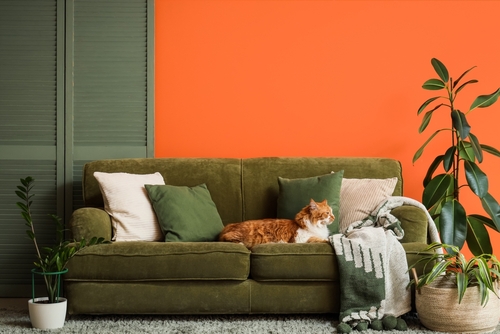
The fluffy, sink-right-in sofas that dominate Pinterest boards look luxurious, but they can quickly lose their shape and charm. Their bulky proportions often overwhelm smaller rooms, making the space feel crowded instead of cozy. They’re also tough to maintain — those plush cushions flatten fast without constant fluffing. Designers say structured seating with clean lines tends to stand the test of time better.
The appeal of the cloud couch is comfort and an easy, lounge-y aesthetic, but its trendiness is hard to ignore. Within a few years, what feels “modern” can suddenly read as dated. When that happens, replacing such a large statement piece isn’t cheap or simple. Opting for a timeless silhouette in a neutral fabric lets you swap out accessories instead of entire sofas.
2. Fast-Fashion Furniture

Budget-friendly, flat-pack furniture is convenient, but it’s rarely built to last. Pieces made with particleboard or veneers often deteriorate quickly under daily use. Beyond durability, their short lifespan contributes to growing landfill waste, which many sustainability-minded decorators now frown upon. Investing in solid wood or vintage furniture pays off both aesthetically and environmentally.
The trend of quick, disposable décor mirrors our fast-fashion habits in clothing. It’s tempting to chase trends with cheap finds, but that approach rarely holds up. True modern style embraces longevity and craftsmanship. When you mix quality pieces with affordable accents, your home looks intentional — not impulsive.
3. Matching Furniture Sets

Buying the entire living room or bedroom set used to be the go-to move, but now it feels overly coordinated. Identical finishes and fabrics leave little room for personality or visual depth. The result? A space that feels more like a showroom than a home. Mixing styles, eras, and materials creates dimension and tells a more authentic story.
The matchy-matchy look signals convenience over curation. While it might make decorating easier, it sacrifices the layered look that timeless interiors are known for. Designers now advocate blending heirlooms, thrifted items, and new pieces. That contrast adds soul and ensures your space evolves gracefully.
4. All-Beige Interiors
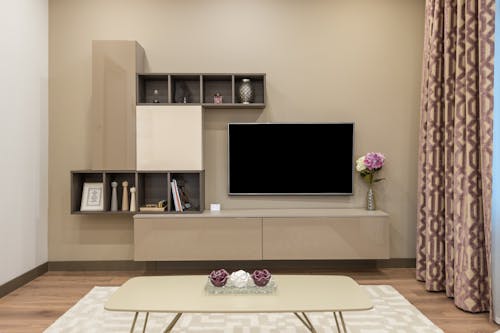
Minimalism’s neutral palette has reigned supreme for years, but the all-beige look can feel lifeless. Without texture, contrast, or warmth, beige-on-beige interiors tend to flatten the room visually. They might photograph beautifully, yet they often lack personality in real life. Designers now recommend layering in deeper tones or natural textures to avoid monotony.
The trend caught on for its calming, hotel-like vibe, but it often sacrifices individuality. Over time, spaces like these can start to look generic or sterile. Adding wood, greenery, or patterned textiles brings the environment back to life. Balance is what keeps “calm” from turning into “clinical.”
5. Open Shelving in Kitchens

Those airy kitchen shelves that show off neatly stacked dishes look great online, but they’re high-maintenance in real life. Dust, grease, and clutter can quickly build up, especially near the stove. Unless you’re constantly editing your collection, open shelving risks looking messy rather than minimalist. Closed cabinetry, on the other hand, hides the chaos while preserving style.
This trend took off with the rise of farmhouse and Scandinavian aesthetics, both emphasizing simplicity. But the upkeep can turn enthusiasm into regret fast. Homeowners often find themselves tiring of the constant display upkeep. When practicality meets design, enclosed storage wins nearly every time.
6. Neon LED Accent Lighting
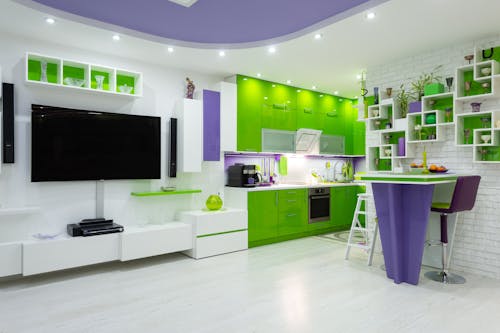
Color-changing LED strips have become a hallmark of Gen Z décor, but they rarely complement long-term design schemes. While they add personality, they can clash with more mature styles and color palettes. The lighting also tends to cast harsh tones that distort how furniture and paint look. Warm, layered lighting options age more gracefully.
What started as a fun TikTok aesthetic has become a symbol of a specific design moment. The problem isn’t the light itself — it’s how limiting it becomes when your taste evolves. A subtle glow from sconces or warm LEDs hidden behind molding achieves mood lighting without the gimmick. Timeless spaces rely on versatility, not novelty.
7. Marble-Pattern Everything
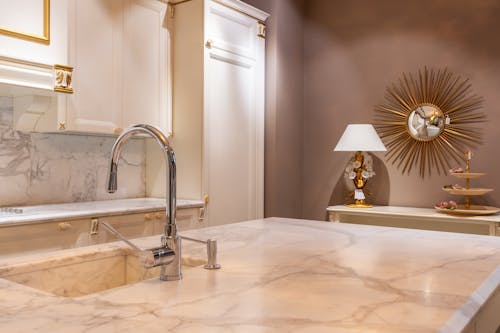
Marble is timeless in moderation, but the obsession with faux-marble prints on everything — from wallpaper to dinnerware — feels overdone. The constant repetition of veining patterns can cheapen the look rather than elevate it. Real marble ages beautifully, while printed versions often feel dated once trends shift. Simplicity and authenticity are what give marble its enduring appeal.
This overuse came from a desire for instant luxury at a lower price point. Unfortunately, imitation rarely captures the nuance of natural stone. Mixing in real materials, even in small doses, adds more depth and credibility. Sometimes less marble truly means more elegance.
8. Extreme Minimalism
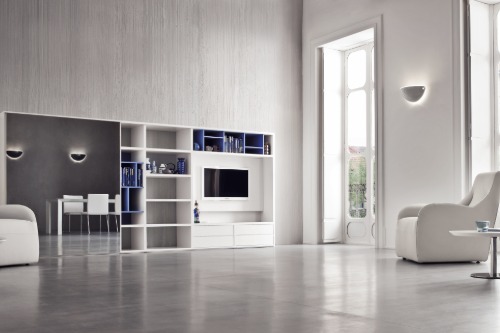
Bare walls, furniture with razor-thin lines, and a lack of ornamentation may feel sleek — for a while. But stripped-down minimalism can easily slip into coldness or discomfort. A home should feel lived in, not like an art gallery. Designers increasingly encourage adding texture and personal artifacts to warm up modern spaces.
The minimalism trend began as a counter to cluttered maximalism, yet it went too far. When everything is pared back, personality gets lost. A timeless space celebrates both form and feeling. Think balance — not emptiness.
9. Statement Walls with Bold Wallpaper
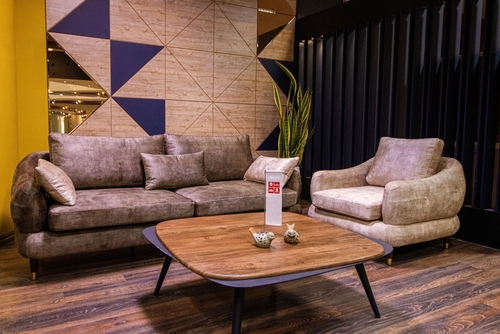
Accent walls have been the go-to DIY upgrade for over a decade, but they can date a space fast. Once that striking print or color loses appeal, it dominates the room rather than enhancing it. Wallpaper can also be expensive and tedious to replace. A cohesive palette across the entire space tends to age more gracefully.
The appeal of a statement wall lies in instant visual impact. But trends move quickly, and today’s trendy print becomes tomorrow’s regret. If you love pattern, try it on textiles or smaller accent pieces instead. That way, you can refresh without redoing an entire room.
10. Floating Vanities and Furniture
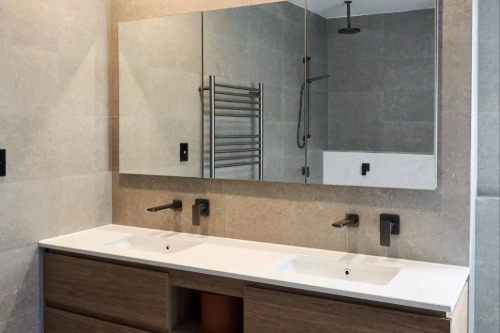
Sleek, wall-mounted pieces give the illusion of more space, especially in smaller bathrooms or apartments. But their modern look can feel clinical and may clash with classic architectural details. They also require precise installation — any unevenness becomes instantly noticeable. Traditional pieces with legs or a base tend to look grounded and balanced over time.
Floating designs became popular alongside minimalist trends in the 2010s. Yet as tastes shift back toward warmth and character, those ultra-modern shapes can feel stark. Mixing streamlined forms with natural materials adds longevity. Good design should complement, not compete with, the architecture around it.
11. Gallery Walls with Generic Prints

Collages of mass-produced prints can look stylish initially but risk blending into the background. When every home features the same “abstract line art” or “botanical sketch,” individuality fades fast. Gallery walls work best when they tell a personal story — through family photos, art collected over time, or meaningful finds. Authenticity always reads as timeless.
The mass appeal of these cookie-cutter collections came from convenience and affordability. Online retailers made it easy to fill blank walls overnight. But as trends move on, those prints start to feel disposable. Curated collections evolve naturally, and that’s what keeps them enduring.
12. Monochromatic Rooms
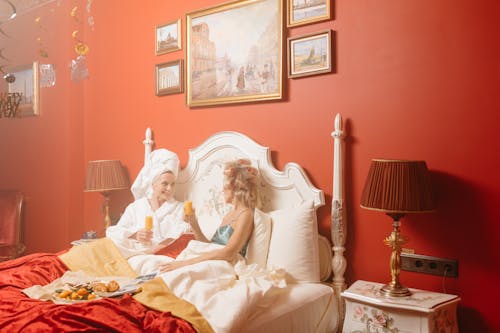
Painting every surface the same shade — walls, trim, and furniture — can look sleek at first glance. However, without contrast, the space can appear flat and uninviting. Light behaves differently across textures, often making a single hue look uneven. A mix of tones and materials adds depth and dimension.
This trend took hold with minimalist interiors and social media’s love of visual cohesion. But uniform color schemes often lack emotional warmth. A timeless approach layers color subtly rather than erasing it entirely. Let your palette breathe a little — contrast creates character.
13. Terrazzo Overload
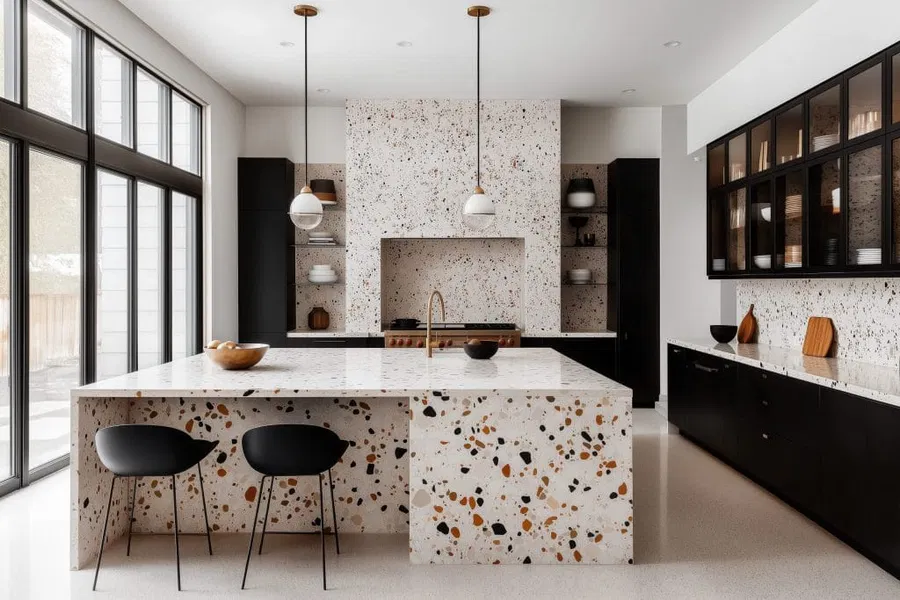
Terrazzo made a huge comeback in recent years, appearing on floors, countertops, and even décor accessories. Its playful mix of colors and chips adds charm — but when overdone, it can feel chaotic. Too much terrazzo can overwhelm a room’s visual balance. Used sparingly, though, it remains a nod to mid-century modern style with staying power.
The resurgence began as a nostalgic revival, but mass production quickly diluted its uniqueness. Faux-terrazzo tiles and patterns lack the depth of the original material. The key is restraint — one terrazzo feature can anchor a room beautifully. More than that, and it risks feeling like a passing fad.
14. Sculptural, Uncomfortable Chairs

Design-forward chairs with sharp lines or abstract shapes look great in editorials, but they’re rarely comfortable. They often prioritize form over function, which makes them impractical for daily use. Over time, people tend to gravitate toward comfort and durability, leaving those “art piece” chairs to collect dust. True timelessness comes from balancing beauty with usability.
This habit of prioritizing looks comes from social media’s focus on aesthetics over lived experience. It’s easy to forget that furniture is meant to be used, not just photographed. A truly modern home values comfort as much as design integrity. When a piece invites you to sit — not just stare — it’ll never go out of style.
This post 14 Modern Décor Habits That Secretly Signal “Trendy, Not Timeless” was first published on Greenhouse Black.
